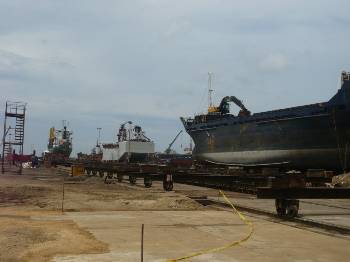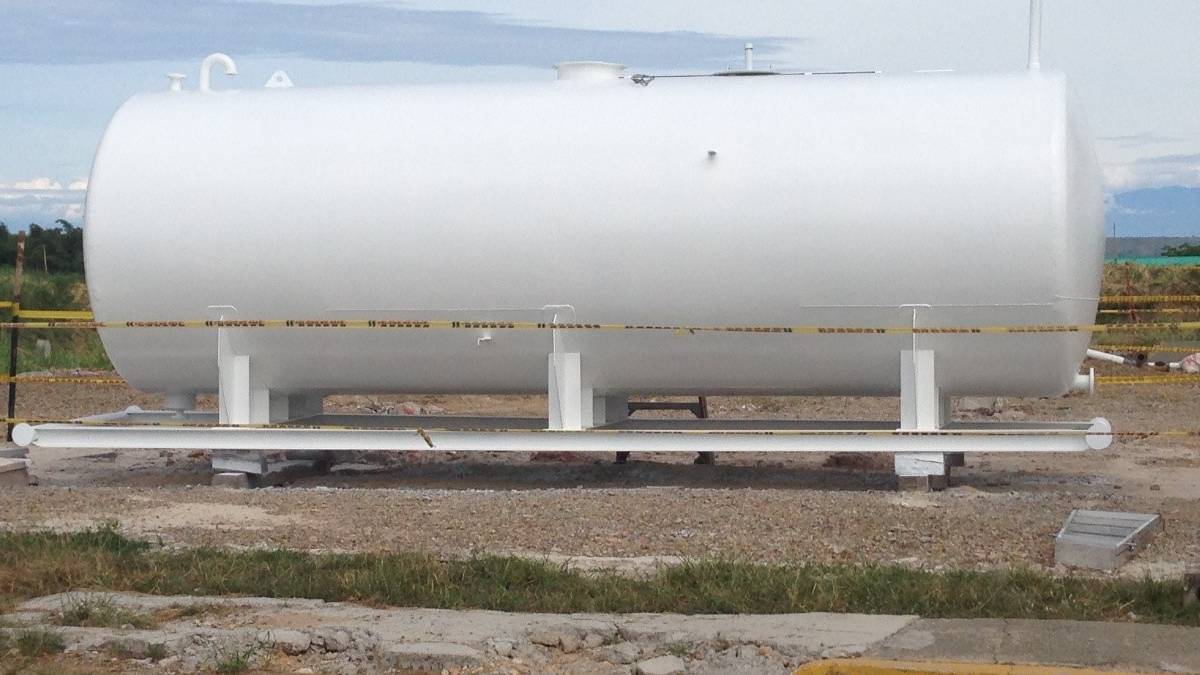The first cycle of texts is aimed at corrosion control. Each edition will develop different themes related to this. By JUAN MANUEL ÁLVAREZ*
By JUAN MANUEL ÁLVAREZ*
It is very pleasant, of great pride and honor, to have the opportunity to share knowledge and experiences through the articles in ZONA DE PINTURAS. I thank this publication for the invitation to participate as a collaborator in this new stage.
In principle, corrosion control should be understood as an objective related to the action of "controlling" the formation of corrosion products. This obviously contemplates the environment in which the metallic material is located, prone to the formation of corrosion products, and the quality specifications of the same exposed to said environment.
The environment surrounding the surface of the metallic material shall be determined by its reactivity. Hence, it is related to chemical information and reaction variables; such as, for example, humidity, temperature, pH, reaction or exposure time, and others involved in the formation of corrosion products.
 The quality of the metallic material is determined by its selection for the service environment. There it is worth highlighting the alloying elements that make it up, the surface or subsurface processes to which it has been exposed, as well as the dimensional specifications that determine the repairability due to corrosion of the material.
The quality of the metallic material is determined by its selection for the service environment. There it is worth highlighting the alloying elements that make it up, the surface or subsurface processes to which it has been exposed, as well as the dimensional specifications that determine the repairability due to corrosion of the material.
Likewise, the general, special or intrinsic properties of the material play part (porosity, compressibility, expandability, elasticity, hardness, and others).
Based on the above, we can affirm that, from the metallic material and the surrounding environment, corrosion control leads us to have the need to select the procedures or mechanisms to be used to 'control' the formation of corrosion products.
The procedures or mechanisms selected will be aimed especially at the care, preservation, conservation, isolation or non-reactivity of the material.
This will obviously be determined by time:
Time during which the care of the material and its properties is carried out.
Time of preservation of the material and its properties.
Shelf life of the material and its properties.
Isolation time or non-reactivity of the material.
Therefore, corrosion control will be predetermined by 'controls' that demand a periodicity or durability, depending on whether they are procedures or mechanisms.
The quantitative part related to corrosion control is related to:
The durability of products used to, for example, isolate from the environment.
The corrosion rate, linked to reactivity in a specific environment.
Reactivity, related to the compatibility between material and environment.
The frequencies of time in which the 'control' tasks must be carried out.
In this way it must be understood that corrosion control is measurable, and therefore parameters must be established that help design, calculate and establish strategies that lead to achieving corrosion control.
 The design related to 'corrosion control' comprises the theoretical and the practical, the qualitative and the quantitative. In this way, the theoretical foundations allow to establish strategies related, for example, to the selection of materials.
The design related to 'corrosion control' comprises the theoretical and the practical, the qualitative and the quantitative. In this way, the theoretical foundations allow to establish strategies related, for example, to the selection of materials.
Practicality goes hand in hand with improvement in the construction of structures; the qualitative with the properties that are required of the materials; the quantitative with the measurements that allow to be monitored.
The design of corrosion control must then start before undertaking the structure to be built with the materials that allow to fulfill the very purpose of this.
This in order to work in a certain environment in which durability will depend on the procedures or mechanisms with which, when carried out in compliance with the calculated, allows preventively in the ideal to 'control' the formation of corrosion products.
In this way, it is avoided to affect the service life for which the material selected for a structure was designed and calculated. This will result in safety and functionality, considered as structural integrity.
Thus, "corrosion control" has a purpose: to maintain the integrity of a structure through the safe and functional state of the material with which it is built for the longest amount of time or the expected durability of this in service.
 The degree of reparability is related to the condition state of the surface of a metallic material that, due to the formation of corrosion products, affects its properties. Corrosion products are the result of a reactivity that, due to their continuity, propagate at a reaction rate inherent to the corrosivity of the material with the environment to which it is exposed.
The degree of reparability is related to the condition state of the surface of a metallic material that, due to the formation of corrosion products, affects its properties. Corrosion products are the result of a reactivity that, due to their continuity, propagate at a reaction rate inherent to the corrosivity of the material with the environment to which it is exposed.
Of course, the degree of reparability is contemplated as an overthickness of the material after establishing what is required in relation to the resistance to which the structure will be demanded.
Reparability is a maintenance issue that demands compliance criteria and parameters. These, being measurable and complied with, lead to improved procedures and mechanisms, which allow 'controlling' the formation of corrosion products in changing environments that must be monitored.
Environmental changes suggest adjusting frequencies, such as measuring time for the durability of products and materials. This entails continuous corrosion control work.
For the fulfillment of corrosion control there is the Program for the Control and Prevention of Corrosion (CPCP), which must be designed for each structure, adjusting to the operational conditions. One of these will be the operational environment.
In the next editions, the following topics will be developed related to the central theme of the article cycle, corrosion control, undertaken in it:
Corrosion control mechanisms
Environments
Durability
Corrosion rate
As always, I wish you a good aging and every success in your work.
* JUAN MANUEL ÁLVAREZ RODRÍGUEZ
-Designer for Corrosion Control, Certified Coating.
-Inspector, Corrosion Technician and Marine Coating Inspector (NACE International, the Corrosion Society).
-A.S.T.M. member of the committees of corrosion, paints and coatings, fuels, general
aviation, adhesives, nondestructive testing, and composites.
-Certified ICAO Instructor (International Civil Aviation Organization).
-Inspector in Non-Destructive Testing.
-Specialist in Metal Structures and Composite Materials.
-Juancorrosion.com [email protected]
-Technical Manager of Corrosion, Control and Quality.
-Advisory Services, Inspections and Training for the Control and Prevention of Corrosion.


























Leave your comment